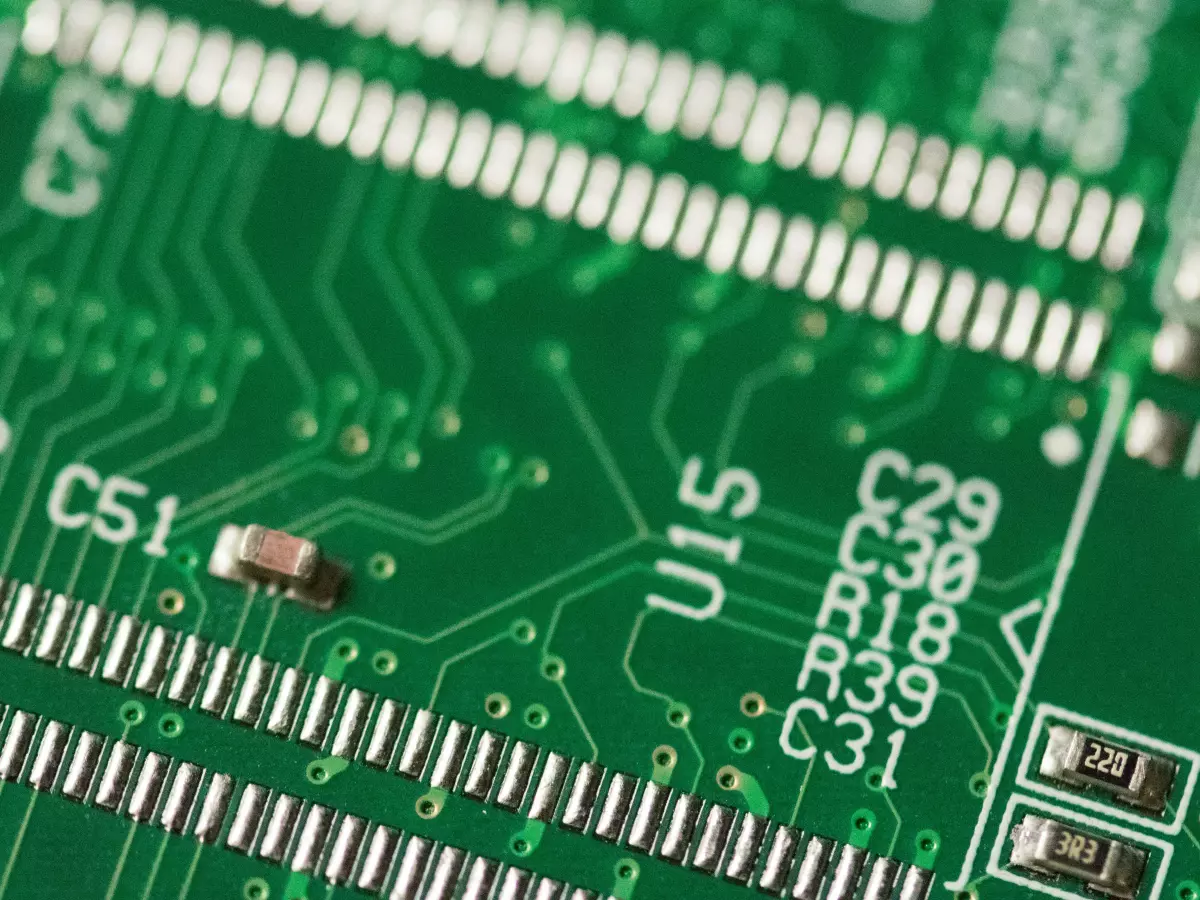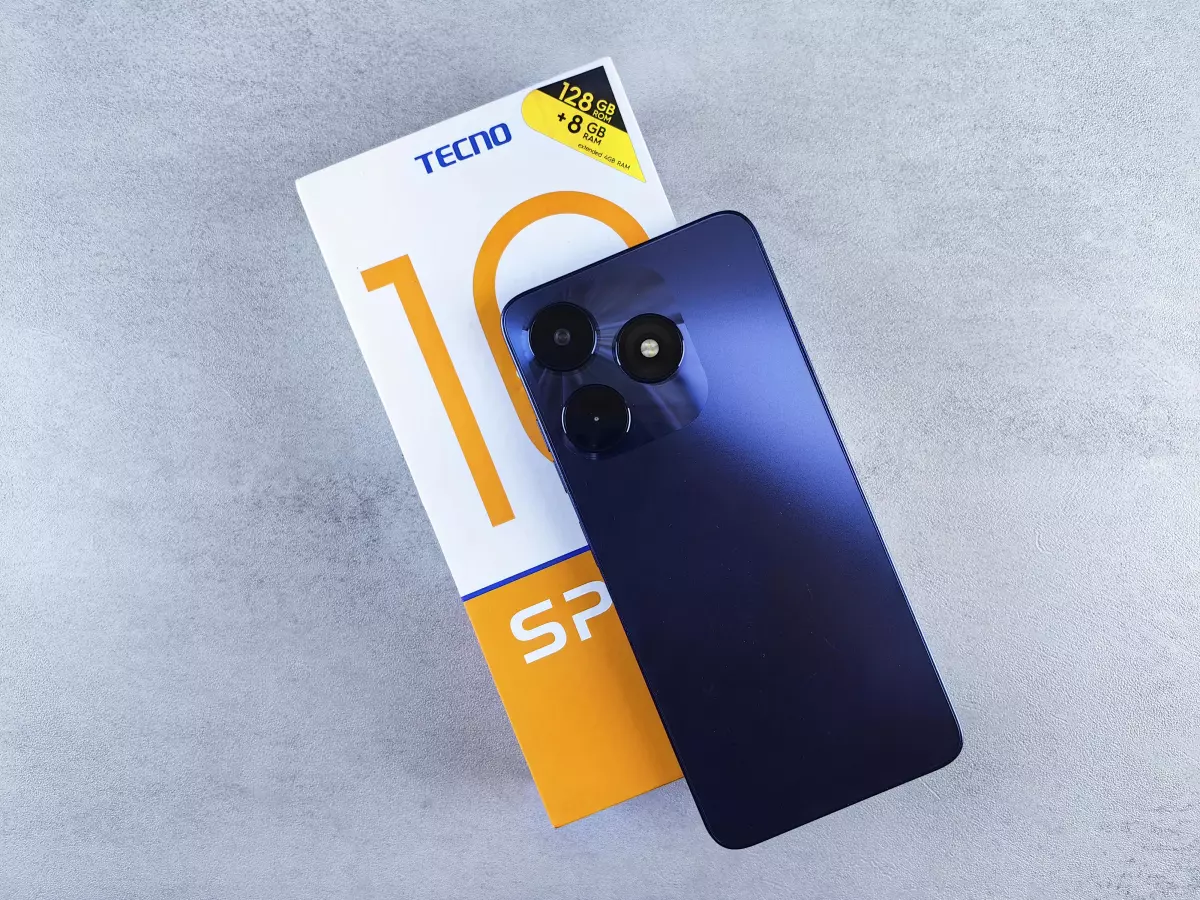Brains vs. Brawn
Think of your smartphone as a high-tech Swiss Army knife. It’s got everything you need, all packed into one sleek, pocket-sized device. But what if I told you that the way these tools are arranged inside could make or break your experience? That’s where the battle between SoCs (System on Chips) and separate components comes into play.

By Liam O'Connor
There’s a common misconception that more components automatically mean better performance. You might think, “Hey, if my phone has a separate CPU, GPU, modem, and RAM, it must be more powerful, right?” Well, not quite. In reality, the trend in modern smartphones is moving toward integrating everything into a single SoC. But why?
Let’s start with what an SoC actually is. A System on Chip is like a tech smoothie—CPU, GPU, modem, and other essential components are all blended into one chip. This integration allows for better communication between parts, reduced power consumption, and a smaller footprint. It’s like having a well-coordinated team that knows how to pass the ball without wasting time or energy. In contrast, separate components are like individual players who need to shout across the field to coordinate. Sure, they can work together, but it’s not as seamless.
So, why are SoCs becoming the go-to choice for smartphone manufacturers? First off, they’re incredibly efficient. When all the components are on the same chip, they can communicate faster and use less power. This means your phone can handle more tasks without draining the battery. It’s like having a fuel-efficient car that still packs a punch when you hit the gas. The streamlined design also allows for thinner, lighter phones—something we all appreciate when slipping our devices into our pockets.
But let’s not throw separate components under the bus just yet. There’s a reason why some high-end devices still opt for this approach. Separate components can offer more raw power and flexibility. Think of it like a custom-built PC versus a pre-built one. With separate components, manufacturers can choose the best of the best for each part—top-tier CPUs, GPUs, and modems. This can lead to better performance in specific areas, like gaming or photography, where specialized hardware can make a noticeable difference.
However, there’s a trade-off. Separate components tend to consume more power and generate more heat. That’s why you’ll often find them in larger devices like gaming phones or tablets, where there’s more room for cooling systems and bigger batteries. In a standard smartphone, though, the extra heat and power consumption can be a dealbreaker. It’s like driving a sports car in city traffic—sure, it’s fast, but it’s not exactly practical for everyday use.
Performance vs. Efficiency
When it comes to performance, SoCs have come a long way. Modern SoCs are no slouches—they can handle everything from 4K video recording to high-end gaming, all while keeping power consumption in check. In fact, the latest SoCs are designed with AI capabilities, allowing them to optimize performance on the fly. It’s like having a personal assistant that knows when to push harder and when to conserve energy.
On the other hand, separate components still have the edge in specialized tasks. If you’re a hardcore mobile gamer or a photography enthusiast, you might appreciate the extra power that separate components can provide. But for the average user, the difference in performance is barely noticeable. Most people won’t be able to tell the difference between a phone with an SoC and one with separate components, especially when it comes to everyday tasks like browsing, streaming, or messaging.
Future-Proofing
Another key factor to consider is future-proofing. SoCs are designed to be more adaptable to future technologies. Because everything is integrated, manufacturers can update the entire system with a single chip upgrade. This makes it easier to roll out new features and improvements, like 5G connectivity or advanced AI processing. It’s like upgrading your entire kitchen by replacing just one appliance.
Separate components, on the other hand, can be more difficult to upgrade. If one part becomes outdated, it might not be compatible with the rest of the system. This can lead to bottlenecks in performance and a shorter lifespan for your device. It’s like trying to install a new engine in an old car—it might work, but it’s not going to run as smoothly as a brand-new model.
What’s Next?
So, what does the future hold? It’s clear that SoCs are the way forward for most smartphones. As technology continues to evolve, we’re likely to see even more integration, with AI and machine learning becoming standard features in SoCs. This will allow phones to become smarter and more efficient, adapting to your needs in real-time. But don’t count separate components out just yet. For niche markets like gaming and photography, there will always be a demand for specialized hardware that can push the limits of performance.
In the end, it all comes down to what you value most in a smartphone. If you’re looking for efficiency, battery life, and a sleek design, an SoC is the way to go. But if you’re a power user who needs the absolute best performance, separate components might still be worth considering. Either way, the choice is yours—and the future of smartphones is looking brighter than ever.





